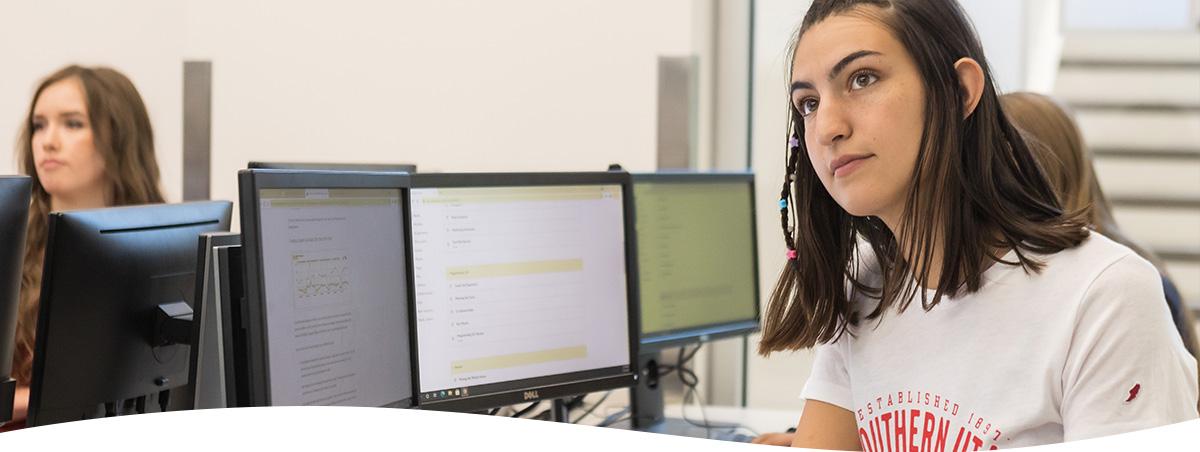
Digital Accessibility
Southern Utah University is committed to delivering an equitable digital experience that is accessible and free of barriers. The Web Services team strives to create accessible web resources through the use of automated tools, manual testing, and by educating our content creators.
Each member of the university community is responsible for creating an accessible digital environment, and achieving this goal is a group effort. This page will offer several resources to help creators understand what accessibility is, why it is important, and how to make their content accessible. We invite you to contact Web Services if you have any questions or would like to receive additional training.
What is Digital Accessibility?
The power of the Web is in its universality. Access by everyone regardless of disability is an essential aspect.
Tim Berners-Lee, W3C Director and inventor of the World Wide Web
The goal of digital accessibility is to remove barriers and to a digital experience that can be used by everyone. Digital accessibility supports people with all disabilities, including:
- auditory
- cognitive
- neurological
- physical
- speech
- visual
Good accessibility practices are also beneficial to those without permanent disabilities. Some disabilities can be temporary, environmental, or are a result of natural changes in life, such as:
- changing abilities due to aging
- people with “temporary disabilities” such as a broken arm or lost glasses
- people with “situational limitations” such as in bright sunlight or in an environment where they cannot listen to audio
- people using a slow Internet connection, or who have limited or expensive bandwidth
Why is Digital Accessibility Important?
There are ethical, business, and legal reasons to create accessible digital content. Digital content is an increasingly important resource, with more people turning to it for recreation, information, or to complete important tasks.
- It is the right thing to do. Digital accessibility includes millions of people who might otherwise not have access to content.
- It is good business. Good accessibility often translates to a positive experience for all users and ensures access to as many audiences as possible.
- It is required by law. Southern Utah University is required to meet the guidelines set by Section 508 of the Rehabilitation Act.
Creating Accessible Content
The most important step in creating accessible content is to plan for accessibility. It will cost more resources to fix existing accessibility issues than to create accessible content from the start. It is important to note that digital accessibility extends to all digital content, not just the public facing website, and whether the intended audience is public or not. This includes content such as:
- An emergency notification
- Email correspondence
- An internal or external program or policy announcement
- A notice of benefits, program eligibility, employment opportunity, or personnel action
- A formal acknowledgement of receipt
- A survey questionnaire
- A template or form
- Educational or training materials
- Intranet content designed as a web page

